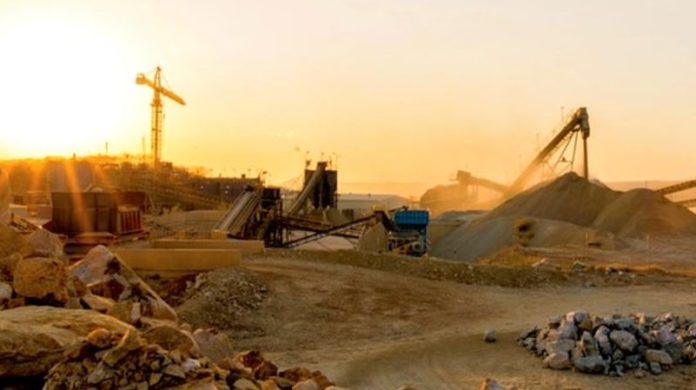
TANZANIAN gold junior, Shanta Gold, kept production largely unchanged in 2019 over last year but said it would keep an open mind on a dividend policy amid a one fifth cut in its net debt to just over $31m, and cost out improvements.
“The company set a number of all-time records in Q4 both operationally and financially,” said Eric Zurrin, CEO of Shanta Gold in a production update on January 17. “Shanta’s full year EBITDA was $45.5 m, a significant increase on last year and resulting in net debt of $32m being the lowest in six years,” he added.
“Shanta’s dividend policy remains under review and will take into account the strength of the balance sheet, operating performance in 2019 and the long-term growth prospects for the business,” it said in its update.
Gold production for 2018 came in at 81,872 ounces, slightly higher than the 80,000 oz guidance number. The improvement in the business, however, came mostly from the cost line: all-in sustaining costs (AISC) were $731/oz compared to $750/oz in guidance. The firm is looking for 80,000 to 84,000 oz for 2019 and AISC of $740 to 800/oz.
The company also exceeded its annual recurring cost out guidance in which $7.2m was saved which was better than the $7m target.
Strategically, however, Shanta Gold is all about finding resource replacement and expansion. It has two projects on its books – Illunga and Singida – the latter of which is being permitted whilst lenders have also kicked the tyres of the prospect.
Shanta said in December it expected to break through 100,000 oz/year in gold production by 2020 after building the $16m project. Production would total 26,000 oz/year and that it would carry a net present value of $31m at an internal rate of return of as much as 67%.
As for Illunga, pre-production development is 70% complete, well ahead of the previously announced mid-2019 target with first ore expected in March 2019. Shanta’s current production is from the New Luika mine.
There is also a thrust to find new sources of organic growth.
Zurrin said the company had doubled the exploration budget in 2019 year-on-year to $3.6m. “A campaign to evaluate the company’s regional license potential across the Lupa Goldfields continued and is now 50% complete,” it said. “Engagements underway with third-party consultants reviewing exploration portfolio.”
The business environment in Tanzania, especially for mining companies, is a fraught affair amid the dispute between the East African country’s government and Acacia Mining amid allegations of unpaid tax. Whilst this has not affected Shanta Gold, the company remarked that VAT receivables had increased to $21.9 m, up from $19.9 m at the end of Q3.








